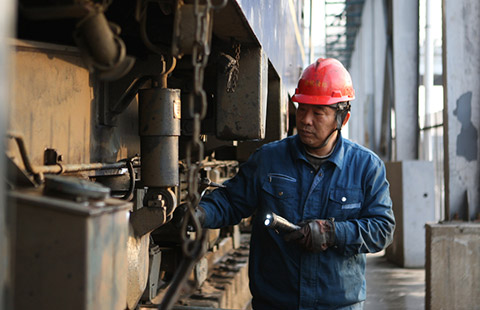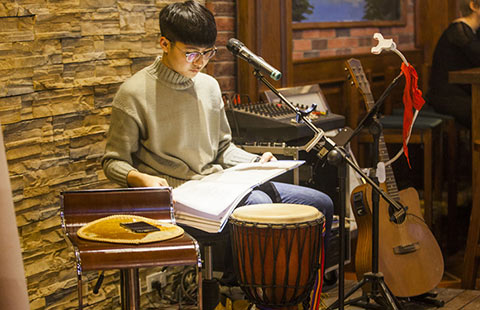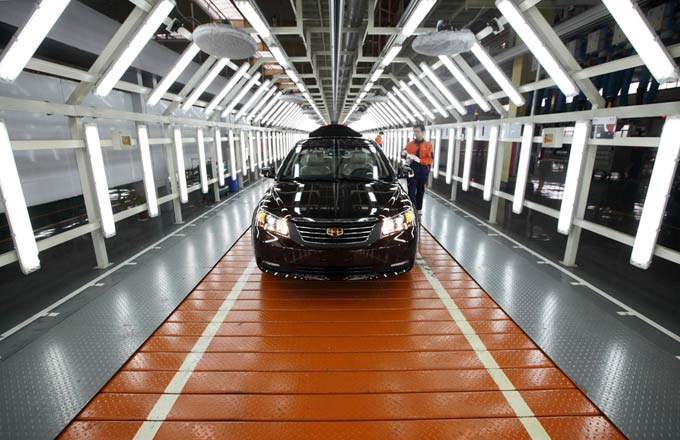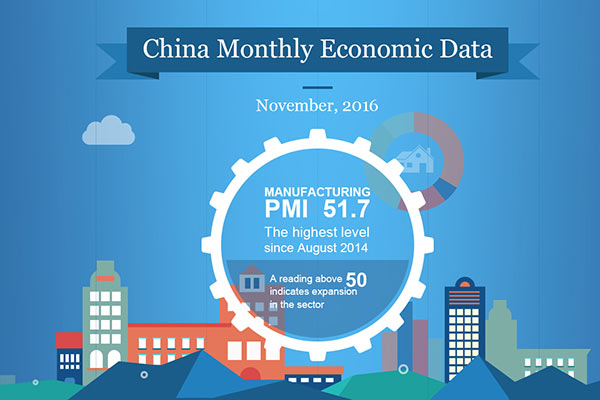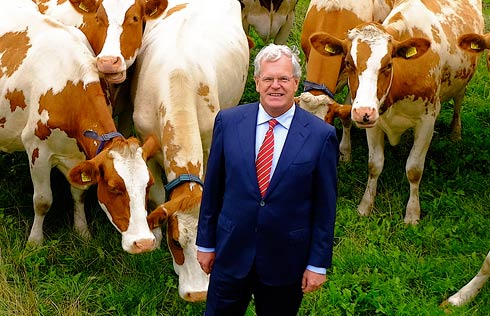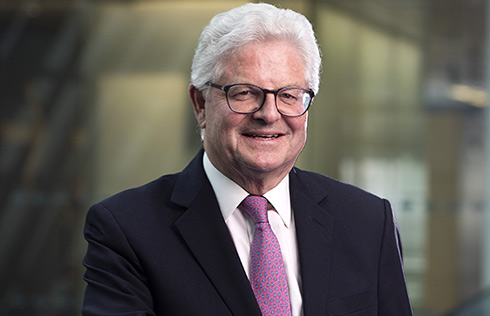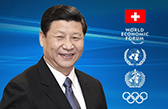Free trade seen as key to global economic growth
Editor's Note: China's top leaders wrapped up the three-day Central Economic Work Conference on Dec 16. At the tone-setting meeting, policymakers mapped out policy stances for the country's economic development in 2017. China Daily analyzes the tasks and challenges China will face in 2017, to provide an insight into how the world's second-largest economy will tackle thorny restructuring and reform challenges.
Supporting a multilateral trading system is the most effective way of beating sluggish global economic recovery, weak trade and investment activities, a lack of growth momentum and the growing backlash against globalization, according to senior commerce ministry officials.
Commerce Minister Gao Hucheng said since joining the World Trade Organization in 2001, China's export volumes and industrial upgrading had notably increased.
Even though the nation has been confronted with various trade remedy investigations of its exports, ranging from high-end iron and steel products to photovoltaic panels and wind turbines, it has promoted the multilateral trading system while also signing a number of free trade agreements with partner countries, he said.
Between January and Dec 21, 2016, rising trade protectionism saw China subjected to 117 trade remedy investigations, worth an estimated $13.98 billion-34.5 percent and 71.5 percent year-on-year increase, respectively, data from the ministry show.
In order to restore the country's earning ability, more free trade agreements are in the pipeline with countries such as Israel and the member states of the Gulf Cooperation Council, while talks with Pakistan, Sri Lanka and the Maldives are also set to be accelerated this year.
By the end of last year, agreements had either been established, or were being negotiated, between China and 25 countries and regions along the routes of the Belt and Road Initiative.
The initiative, comprising the Silk Road Economic Belt and 21st Century Maritime Silk Road, was proposed by President Xi Jinping in 2013 and aims to boost connectivity and trade across Asia, Africa and Europe.
Officials have also indicated that talks will be accelerated this year on the Regional Comprehensive Economic Partnership, a proposed free trade pact between 16 economies including Australia and the Association of Southeast Asian Nations.
"The RCEP is usually viewed as a rival trade bloc to the Trans-Pacific Partnership Agreement promoted by the United States," said Zhang Jianping, director of the Commerce Ministry's Research Center for Regional Economic Cooperation.
"But in fact, it was proposed by the ASEAN and has been pushed forward by countries such as Indonesia.
"As it can effectively improve regional trade flows, China immediately responded to the proposal. It is an open platform and we have no intention of isolating any country in terms of conducting trade activities."
Trade liberalization is further being pursued with the plan for a Free Trade Area of the Asia-Pacific, which China promoted at the 2014 Asia-Pacific Economic Cooperation Economic Leaders' Meeting in Beijing.
If the FTAAP is achieved, it would cover 40 percent of the world's population and 60 percent of the global economy, making it the biggest trade pact by goods volume, according to a case study by the National University of Singapore.
Zhang Shaogang, director-general of the Department of International Trade and Economic Affairs at the Ministry of Commerce, said that besides the trade in goods, other cross-border e-commerce activities to be promoted by the joint efforts of governments and companies in the Asia-Pacific region in 2017 include a digital-based trade platform, a green supply chain and database development.
China's current push to stimulate growth by focusing on supply-side structural reform, which aims to cut low-end industrial capacity while increasing high-tech production, is also important, according to Zhou Liujun, director-general of the ministry's department of outward investment and economic cooperation.
"Its efforts in this area can bring economic benefits to many countries that are striving to get their struggling economies back on track," he said.
Yu Jianlong, secretary-general of the China Chamber of International Commerce, predicted that the global trade environment will remain challenging this year, as both the European Union and the United States are undergoing dramatic political changes.
There are also some disputes over the pace and scope of trade liberalization, according to Tu Xinquan, a professor at the University of International Business and Economics in Beijing. "The conditions of every country are different, and the capacity to adopt a policy of liberalization and benefit from it also varies," he said.
"After all, liberalization is a policy orientation that will revert if progress is not achieved. Liberalization that is too slow or stagnant means recession in reality."
- Xi says China, Europe must ensure free trade
- Beijing and Bern to boost free trade
- President Xi's Switzerland visit to explore upgrading free trade agreement
- China champion of free trade since joining WTO: says Argentine expert
- Free trade area in Asia-Pacific needs to go together with Belt and Road Initiative









